The Evolution of Hanfu
Hanfu, the Chinese costume, the traditional Chinese clothing system, also known as Chinese clothing, can not be confused with "Tang suit" and "kimono". Its origins can be traced back to “Xuanyuan, Huangdi is wearing clothes and the world is ruled” from the Yanhuang(炎黄) era, and the world ruled until the end of the Ming Dynasty (mid-17th century).
Based on the national culture of the Han nationality (and the predecessor of the Han nationality the Huaxia nationality), a clothing system with national characteristics was formed in the process of natural cultural development and ethnic integration.
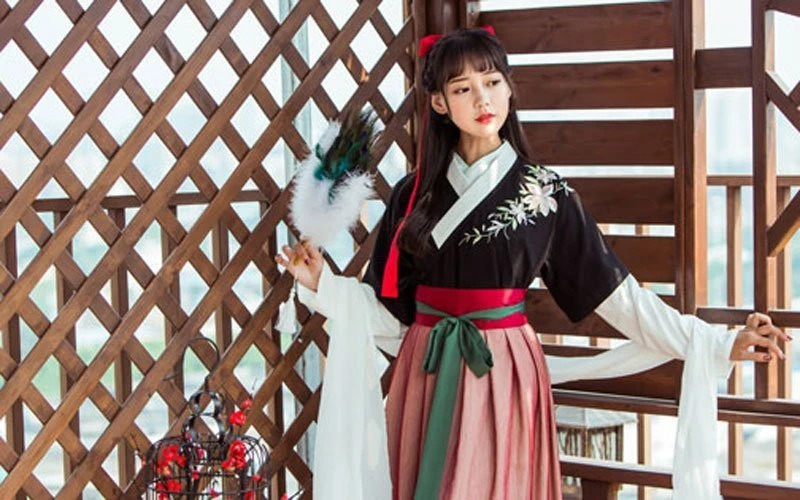
The Composition of a Complete Set of Hanfu
Hanfu, the Chinese costume, is divided into a formal dress and negligee. From the style of composition, mainly divided into:
- "Yishang(衣裳) system": (The clothes worn in the upper body and the skirt worn in the lower body are separate,), "Yishangsystem" is the earliest uniform in Hua Xia nation.
- "Shenyi(深衣) system": (The clothes worn in the upper body and the skirts worn in the lower body are stitched together.).
- "Ruqun(襦裙) system" (Ru mean short top).
- "Tongcai(通裁) system" (Long shirt, cloak. Tongcai means that connected without a seam, and 'ShenYi' is sewed together after cutting).
Among these types:
The most formal dress worn by ancient emperors and ministers: "Mianfu", is "Yishang";
"Shenyi" is the clothes that ministers and scholars usually wear;
"Ruqun" is the clothes worn by women; ordinary working people generally wear "Duanhe(短褐)".
The complete set of Chinese clothing components are:
- Shoufu (首服: Hanfu hat);
- Tiyi (体衣: Intimate clothing);
- Zuyi (足衣: Shoes and sock);
- Accessories;
- Shoufu: men's Shoufu can be roughly divided into crowns and towel caps. Crowns are generally suitable for formal and solemn occasions, match the formal dress, crowns play a distinction between official ranks, and towel caps match casual clothes, more close to fashion and leisure.
- Tiyi: intimate clothing, according to the cutting method, it can be roughly divided into 3 categories:
- "Yishang system (衣裳制)": it is the earliest clothing style of the Hua Xia nation. To show respect for tradition, the highest level of dress in later generations has always been the "Yishang system";
- "Shenyi system (深衣制)": it is cut separately and then stitched together, in order to adhere to the "Yishang system",
- "Tongcai system (通裁制)": because of the inconvenience in frequent social activities, "Yishang system" gradually developed into"Tongcaisystem"
- Zuyi: shoes and sock, another article about Hanfu shoes will introduce
- Accessories are present in people's lives because of their aesthetic and practical functions. Like clothing, men and women have obvious gender distinctions in their accessories. Not detailed too, another article will introduce Hanfu accessories.
Impact on the Surrounding National Costumes
The development of Hanfu has a profound impact on the surrounding national costumes.
In the period of the Tang Dynasty in China, that is, the Nara era in Japan, Japan sent a large number of sentimental envoys to China to study China's culture, art, and law system, including the clothing system. At that time, they also imitated the Tang system and issued a "clothing order". Although the kimono came from the development of Hanfu, it has developed its own national characteristics after a long period of history.
During the Tang Dynasty, North Korea and the Tang Dynasty had very close contacts, and the characteristics of costumes were almost the same as those of the Tang Dynasty. After the middle of the Joseon Dynasty, Hanbok absorbed the Ming Dynasty clothing style, especially the development of high waist Ru skirts, and the official uniforms, the court’s important dresses have always retained the Hanfu system and changed with the changes in Hanfu.
In Vietnam, in costumes, especially court dresses, emperors and ministers’ robes are almost a replica of the Chinese Han Dynasty court dresses, emperors, and ministers.
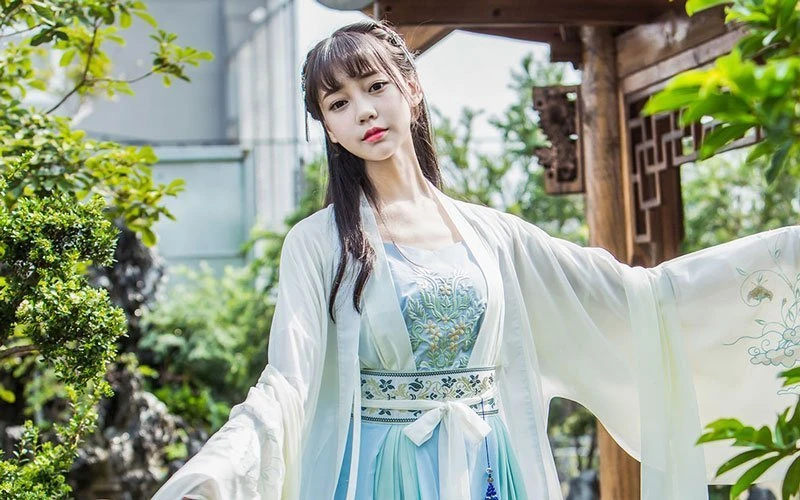
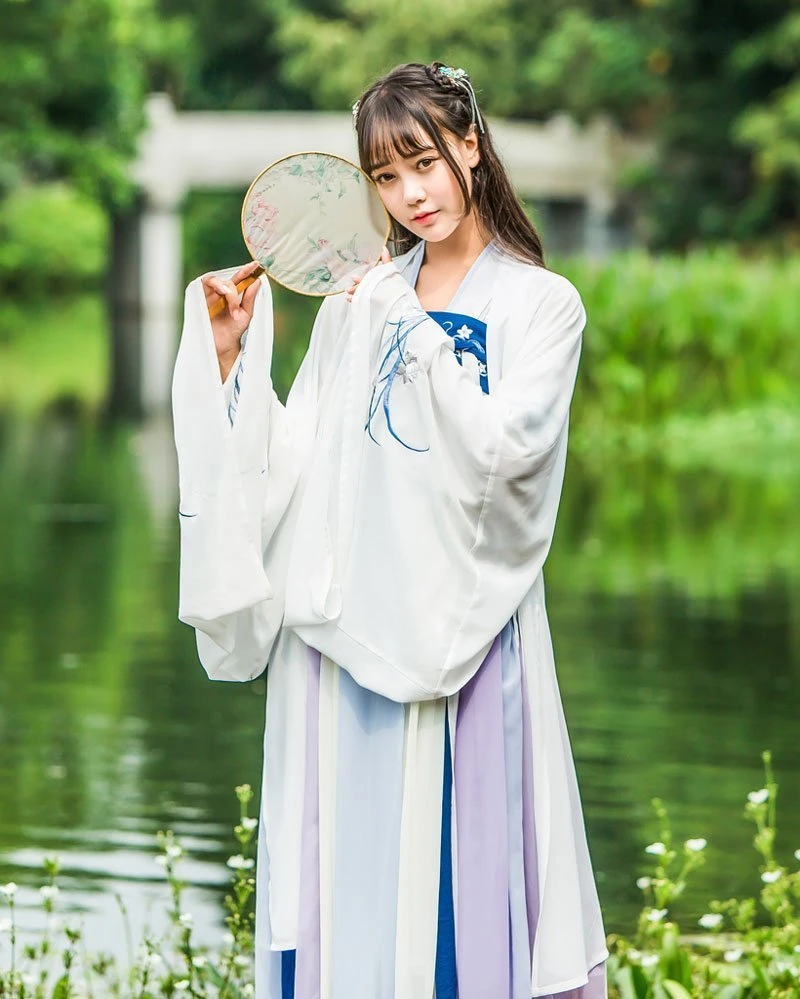
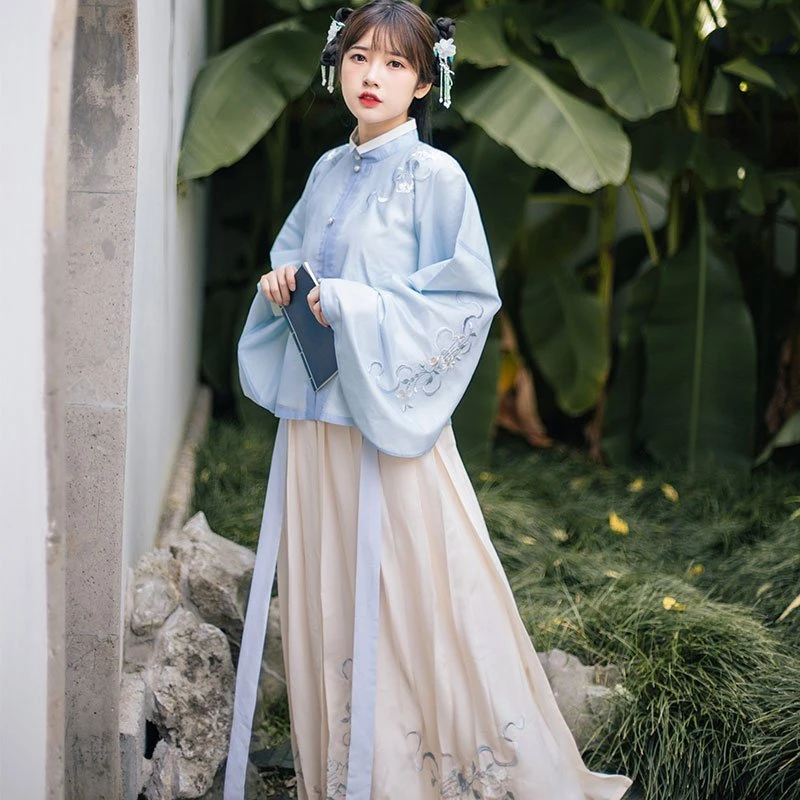
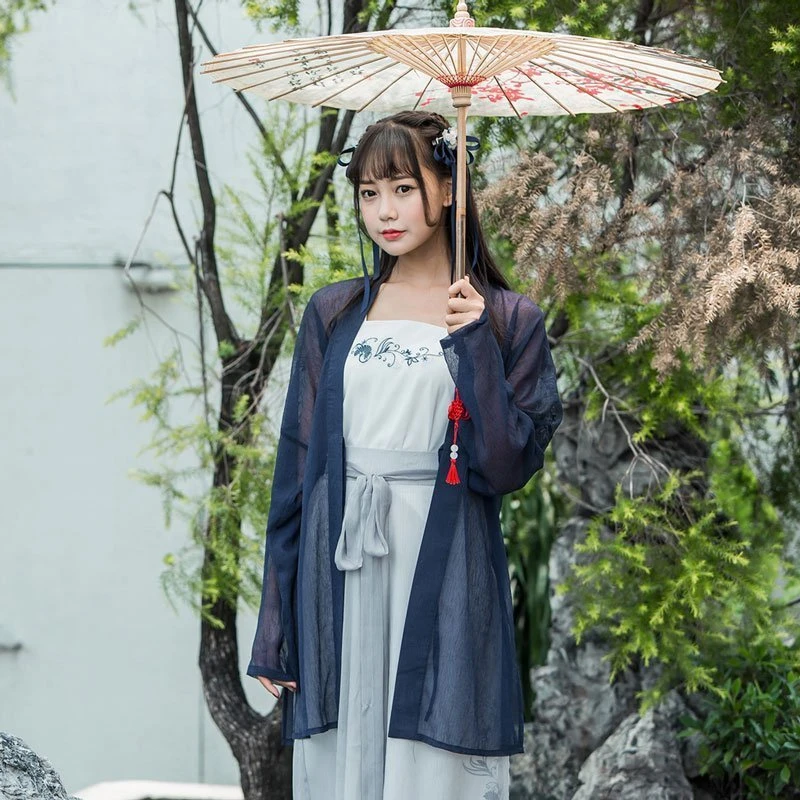

😍😍😍
Aku sangat menyukainya
Baju hanfu sangat indah